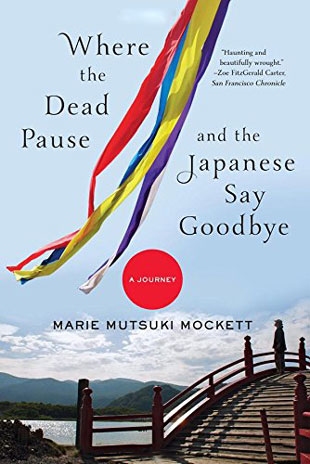"[Japanese psychoanalyst] Kawai Hayao argues that in Japan, the highest form of beauty is imperfect. In Dreams, Myths and Fairy Tales in Japan, Kawai further elaborates:
" 'There is a famous story about a Zen master who shows what beauty is for him. A young monk is sweeping a garden. He tries to do his best at the job. He cleans the garden perfectly so that no dust is left in it. Contrary to his expectation the old master is not happy about his work. The young monk thinks for a while and shakes a tree so that several dead leaves fall down here and there in the garden. The master smiles when he sees this.'
"Anyone with even a passing knowledge of the terms wabi and sabi will recognize the monk and the master's attitudes. The simplest definition of wabi sabi is that it is a kind of beauty whose highest form is expressed through imperfection. The venerable art historian Miyeko Murase instructed her students to consider that a full moon glowing brightly in the sky is undeniably beautiful. But how much more beautiful is the moon when it is partially obscured by a bit of cloud? A geometrically symmetrical tea bowl is a lovely thing to drink from, but how cold and precise it looks beside an earthen tea bowl whose surface is slightly marred.
"The Japanese love the beauty of cherry blossoms in the spring. However, say the aesthetes, how much more beautiful are the cherry trees when they are just past their peak, and petals begin to drip-drop onto the ground.
"Kawai writes in his book, 'The Japanese fairy tales tell us that the world is beautiful and that beauty is completed only if we accept the existence of death.' Beauty heals us. But we shouldn't make the mistake of thinking that perfected beauty is any kind of true antidote to suffering, for everything is always changing, never holding fast to its shape. Everything must one day die, and we are all always only just passing through. So it is that we might heal a bit by experiencing the passing beauty of a dance gesture, a fading ghost, or a flower."
